Phong Nha-Kẻ Bàng National Park
Phong Nha-Kẻ Bàng (Vietnamese: Vườn quốc gia Phong Nha-Kẻ Bàng) is a national park and UNESCO World Heritage Site in the Bố Trạch and Minh Hóa districts of central Quảng Bình Province in the North Central Coast region of Vietnam, about 500 km south of Hanoi. The park borders the Hin Namno Nature Reserve in Khammouane Province, Laos to the west and 42 km east of the South China Sea from its borderline point. Phong Nha–Kẻ Bàng National Park is situated in a limestone zone of 2,000 km2 in Vietnamese territory and borders another limestone zone of 2,000 km2 of Hin Namno in Laotian territory. The core zone of this national park covers 857.54 km2 and a buffer zone of 1,954 km2.
The park was created to protect one of the world's two largest karst regions with 300 caves and grottoes and also protects the ecosystem of limestone forest of the Annamite Range region in North Central Coast of Vietnam.
Phong Nha-Kẻ Bàng is noted for its cave and grotto systems as it is composed of 300 caves and grottos. A 2009 survey brought the total discovered length of the cave system to about 126 km,[4] with many areas still not well explored. The Sơn Đoòng Cave, which was discovered in the 2009 survey by British and Vietnamese explorers, is considered the largest cave in the world. Even before this discovery, Phong Nha held several world cave records, including the longest underground river as well as the largest combined caverns and passageways.
The park derives its name from Phong Nha Cave, containing many fascinating rock formations, and Kẻ Bàng forest.
The plateau on which the park is situated is probably one of the finest and most distinctive examples of a complex karst landform in Southeast Asia.[6] This national park was listed in UNESCO's World Heritage Sites in 2003 for its geological values as defined in its criteria viii.[6] In April 2009, the world's largest cave, was re-discovered by a team of British cave explorers of the British Caving Association led by a local farmer named Ho Khanh.
퐁나케방 국립공원은 베트남 영토의 석회암 지역에 2,000 km²에 걸쳐 있으며, 라오스 영토의 또 다른 석회암 지역인 힌남노에서 2,000 km²에 국경을 형성하고 있다. 국립공원의 핵심지역은 857.54 km²이며, 나머지 완충지대는 1,954 km²이다. 이 국립공원은 300개 이상의 동굴과 석굴을 가진 세계에서 두 번째로 큰 카르스트 지형을 보존하고, 또한 베트남의 북중부에 있는 안남 산맥 지역의 석회암 숲을 보호하기 위해 만들어졌다.
퐁나케방 지역은 300개 이상으로 된 총 길이 70km의 동굴과 석굴로 유명하다. 그 중 20개만 베트남과 영국의 과학자에 의해 탐사가 이루어졌다. 이들 중 17개는 퐁나 지역에 있고, 3개는 케방 지역에 있다. 퐁나는 가장 긴 지하 강과 가장 큰 동굴 통로 등의 여러 가지 세계의 동굴 기록을 가지고 있다.
이 공원은 2003년에 유네스코 세계자연유산에 등록되었다. 2009년 4월에 영국 탐험가 팀은 세계에서 가장 큰 굴을 발견했다.
If this blog post has entertained or helped you to profit,
please follow, upvote, resteem and/or consider help me.
(From Wikipedia, the free encyclopedia)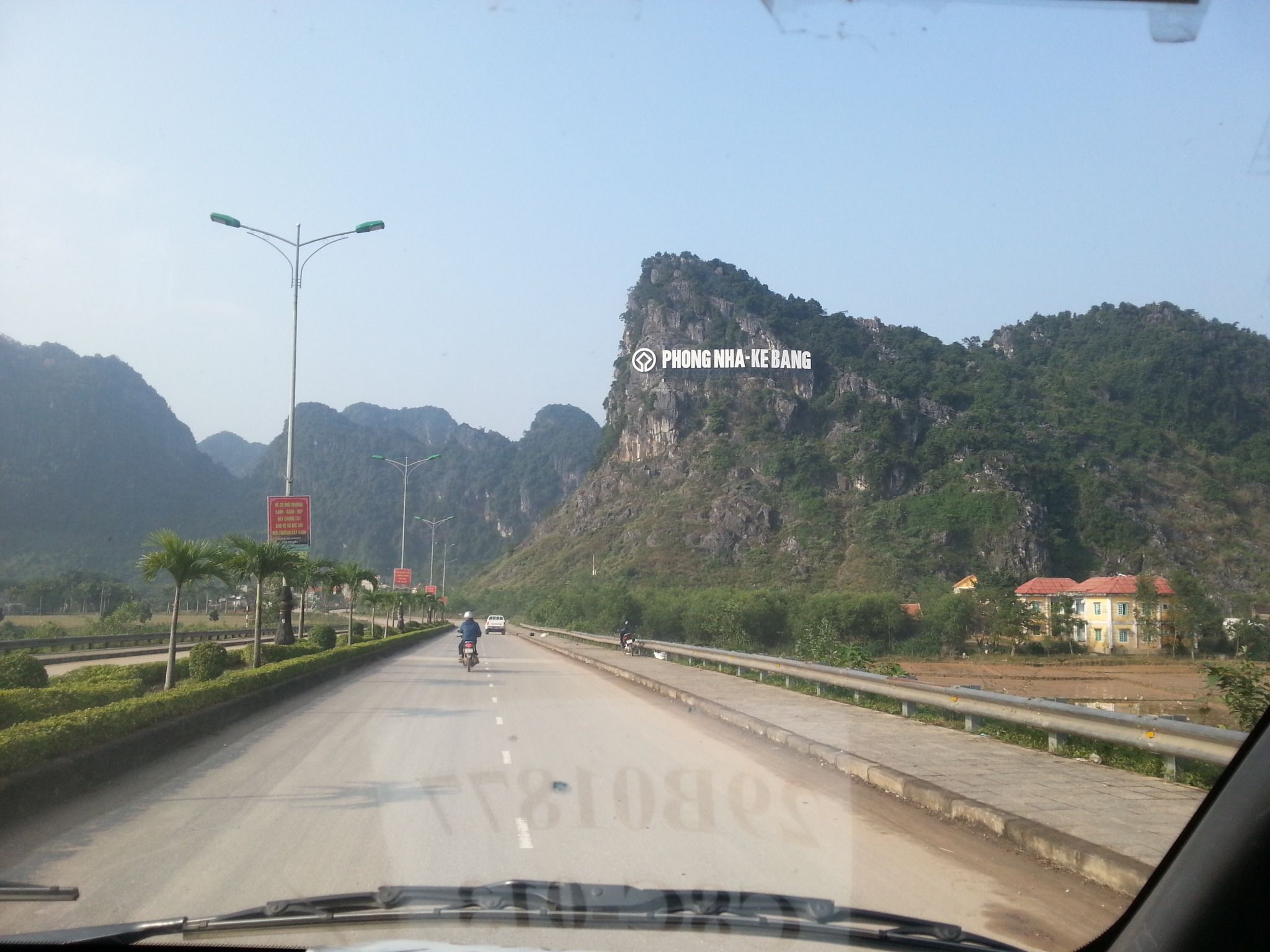
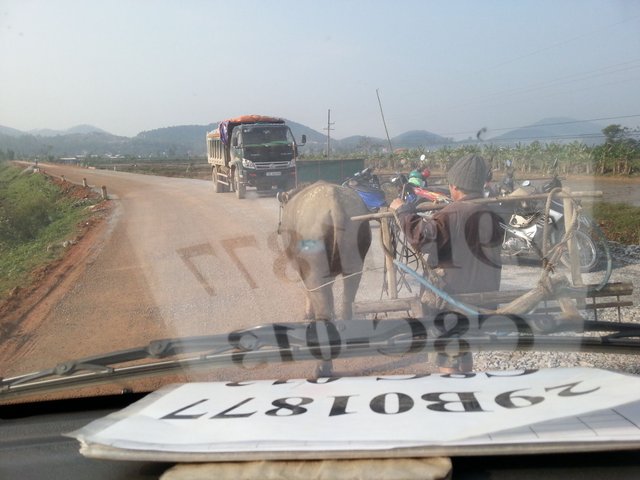

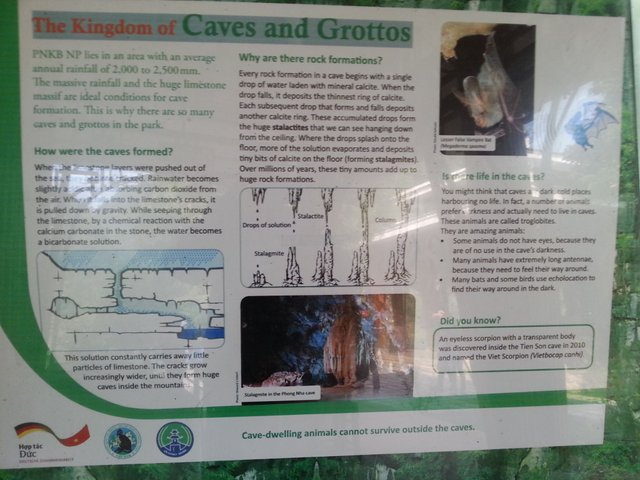
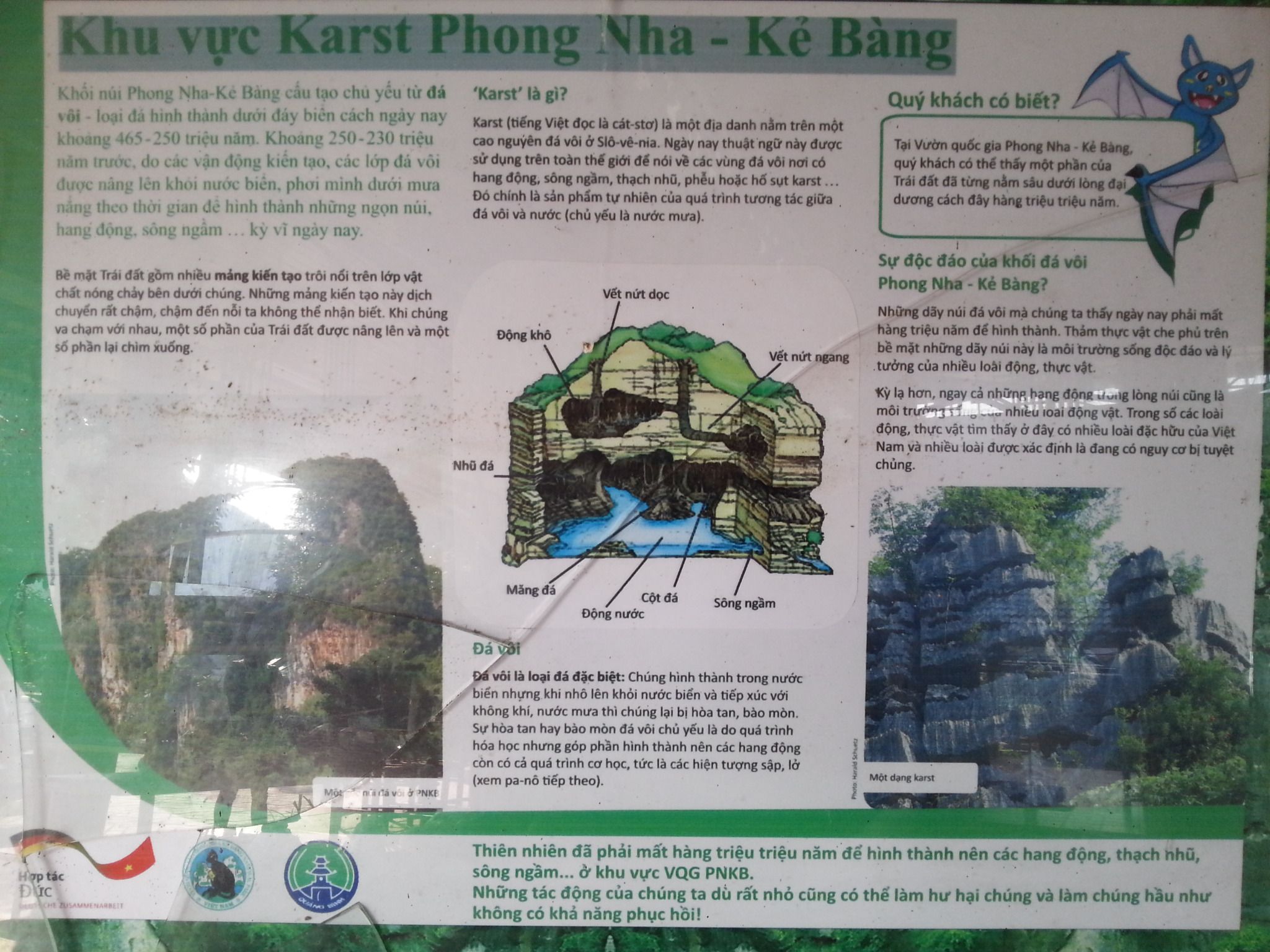
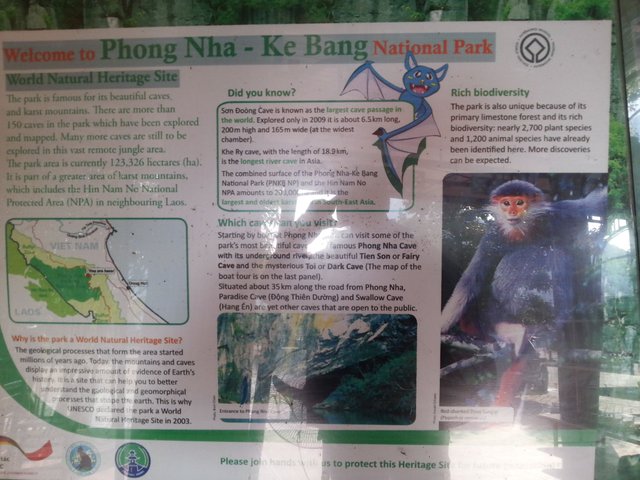
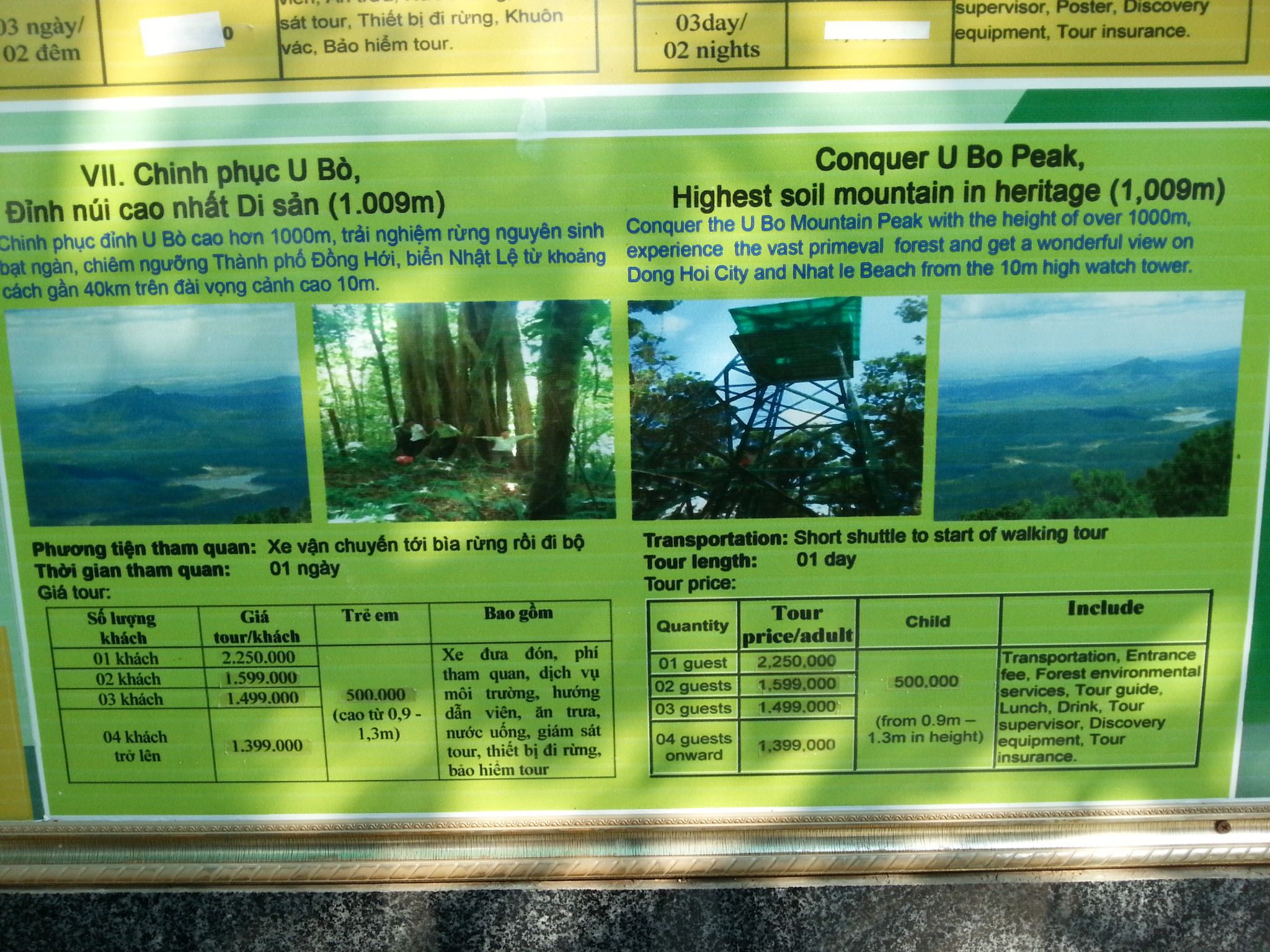
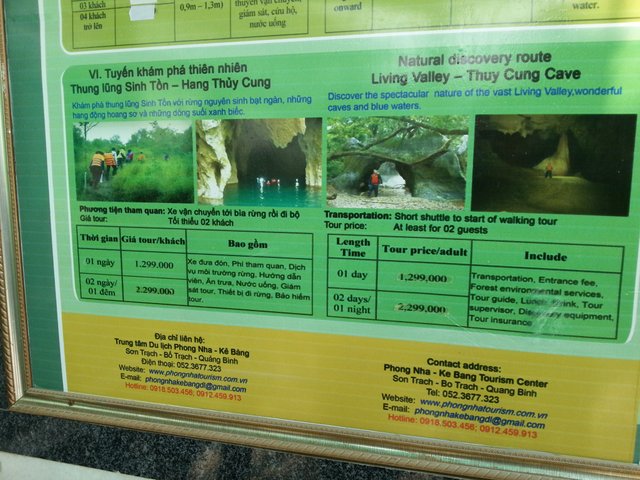
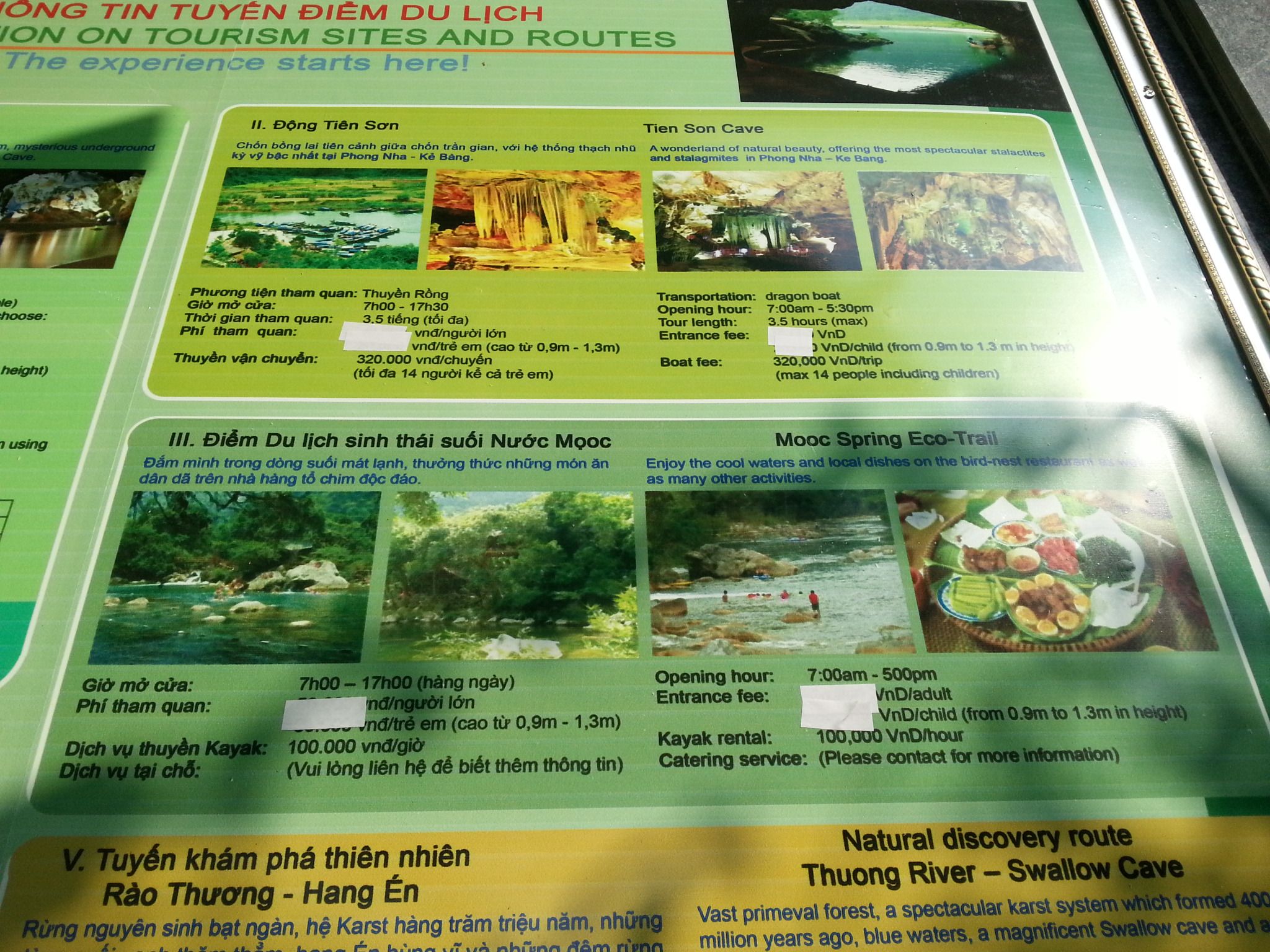
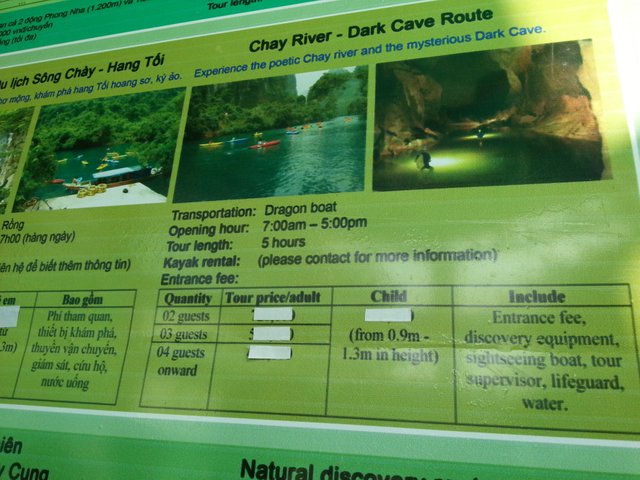
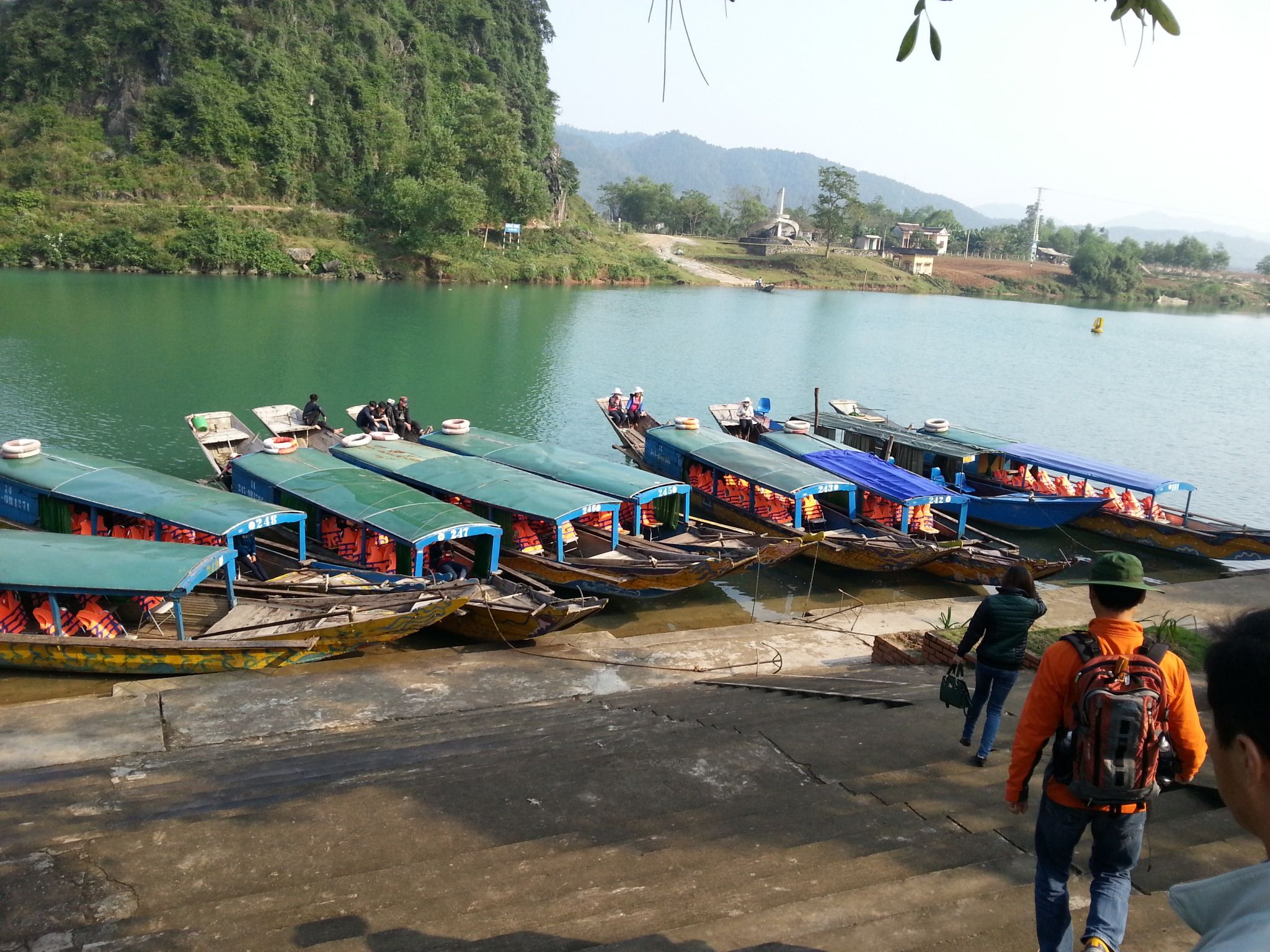
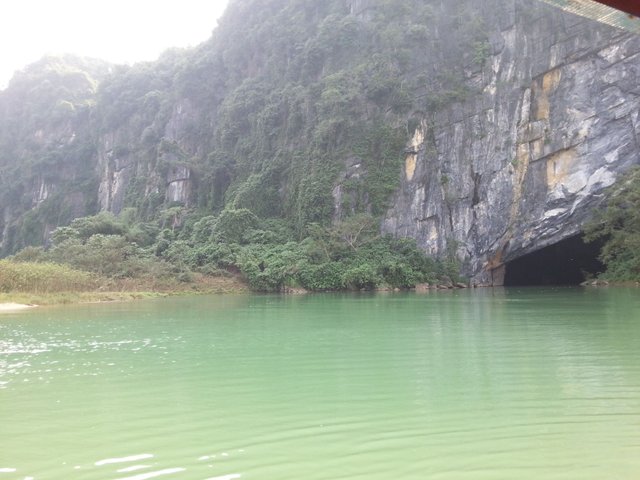
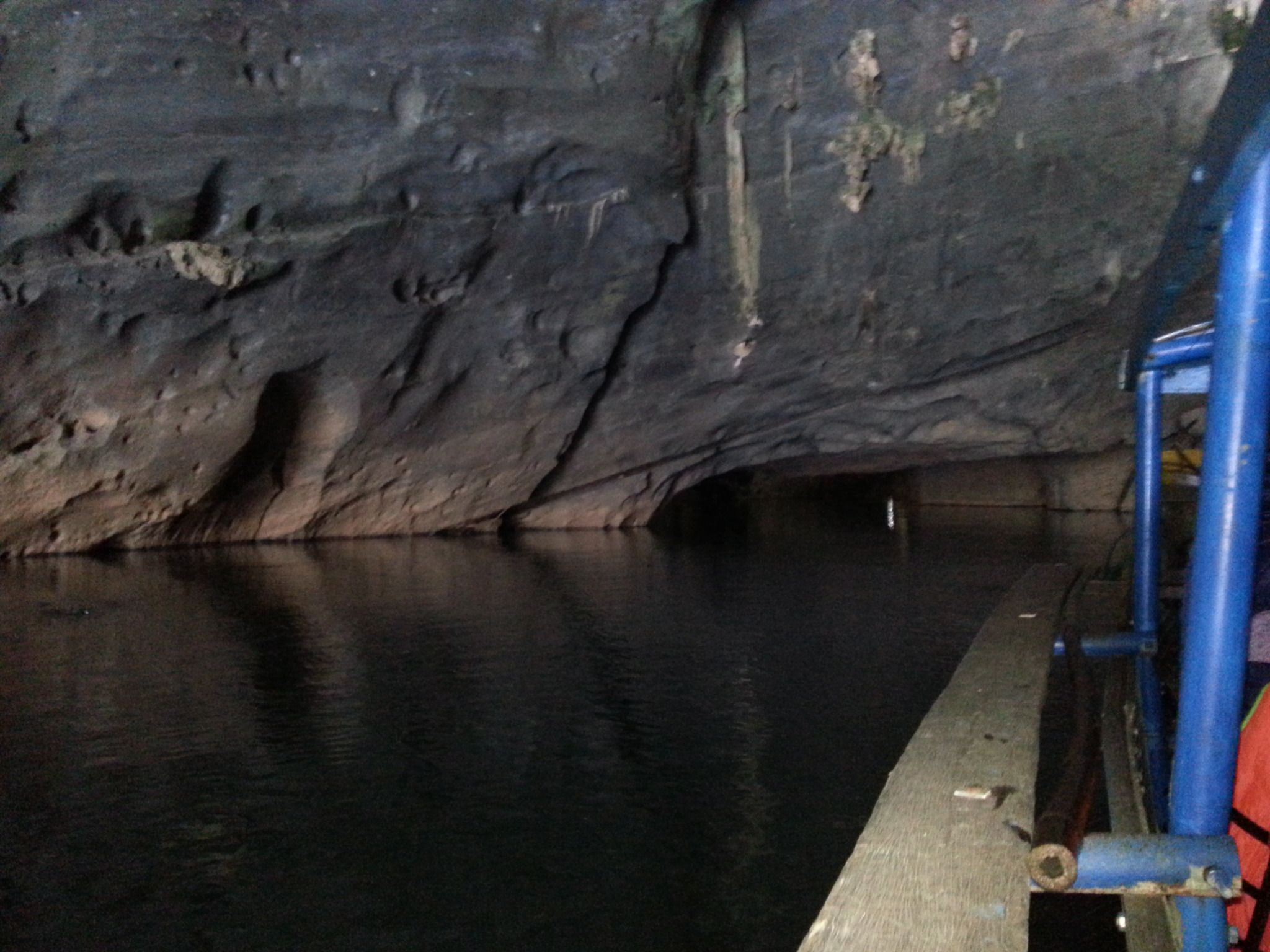
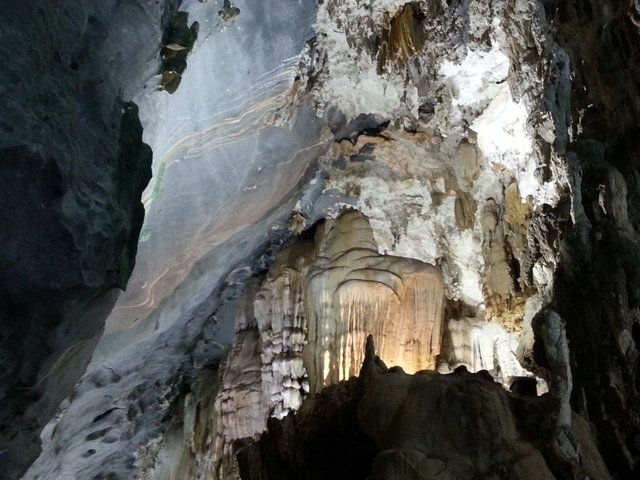
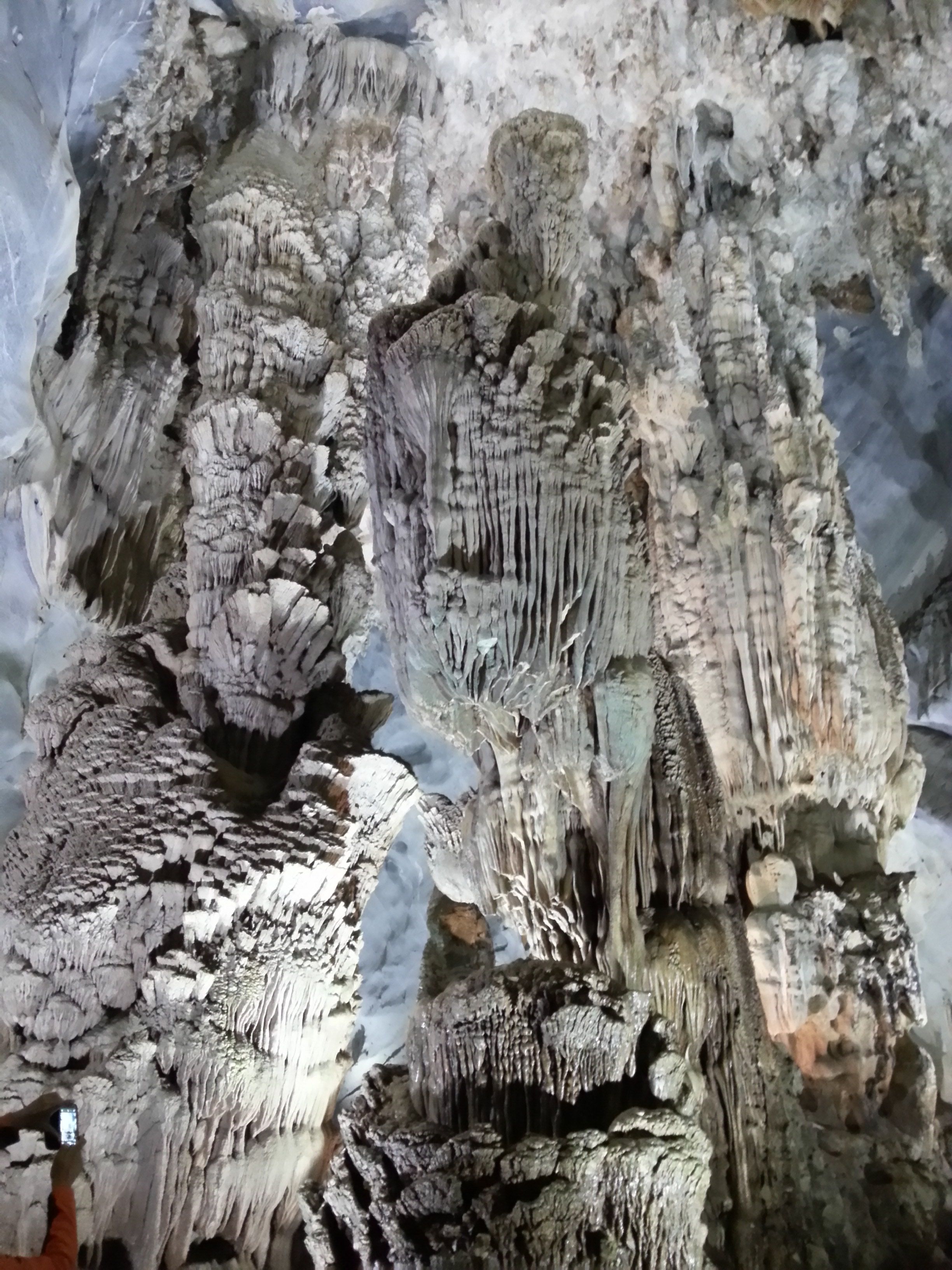
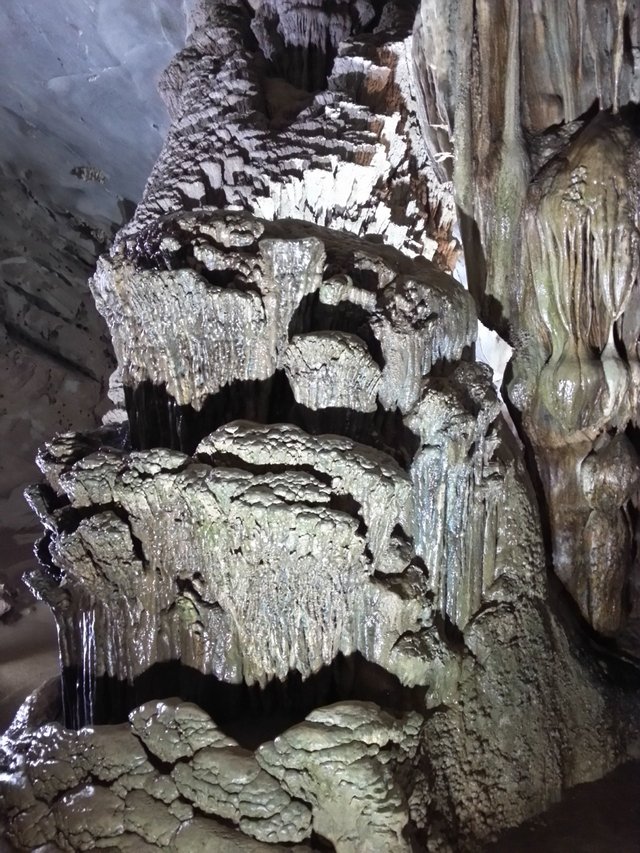
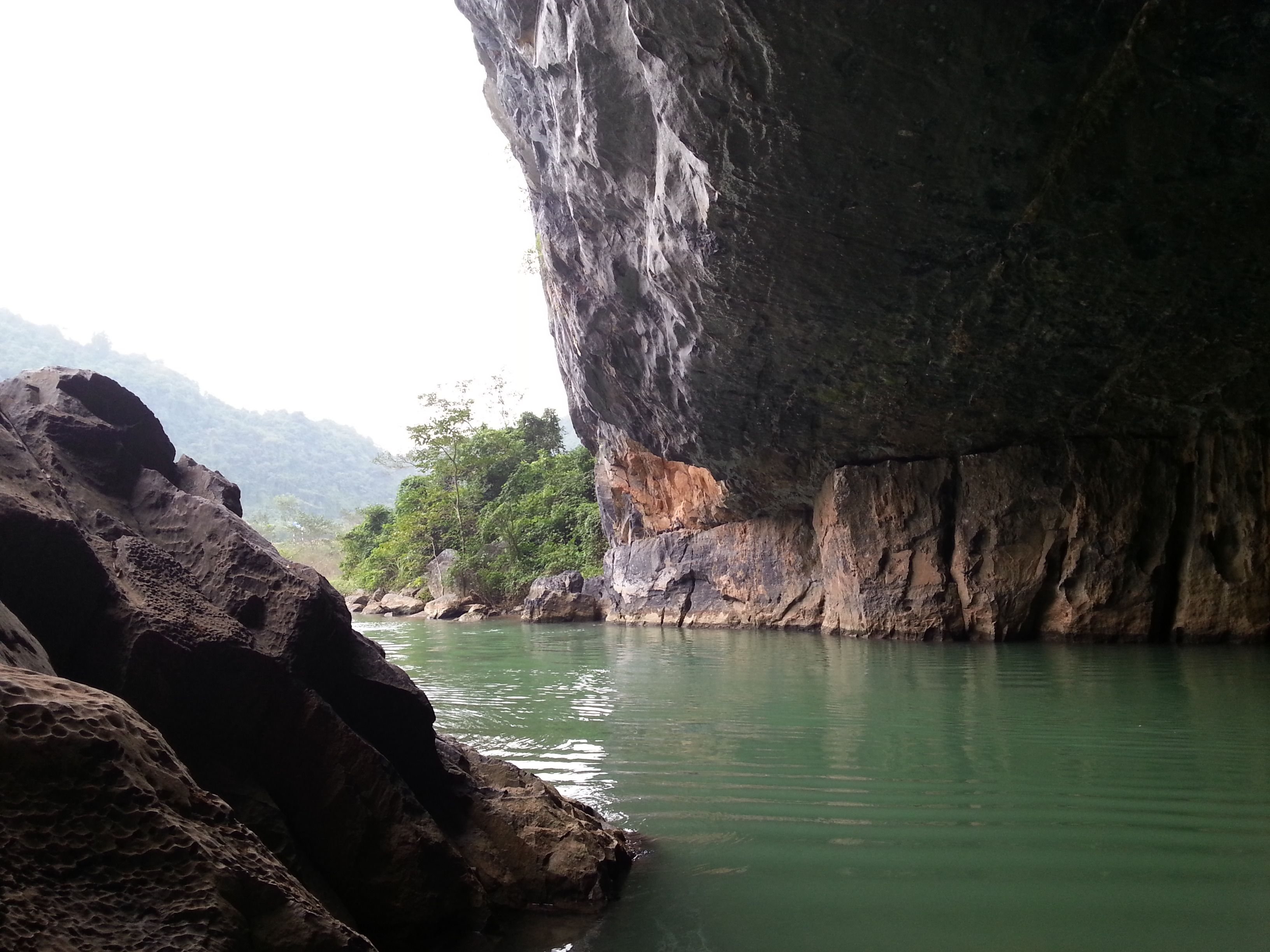

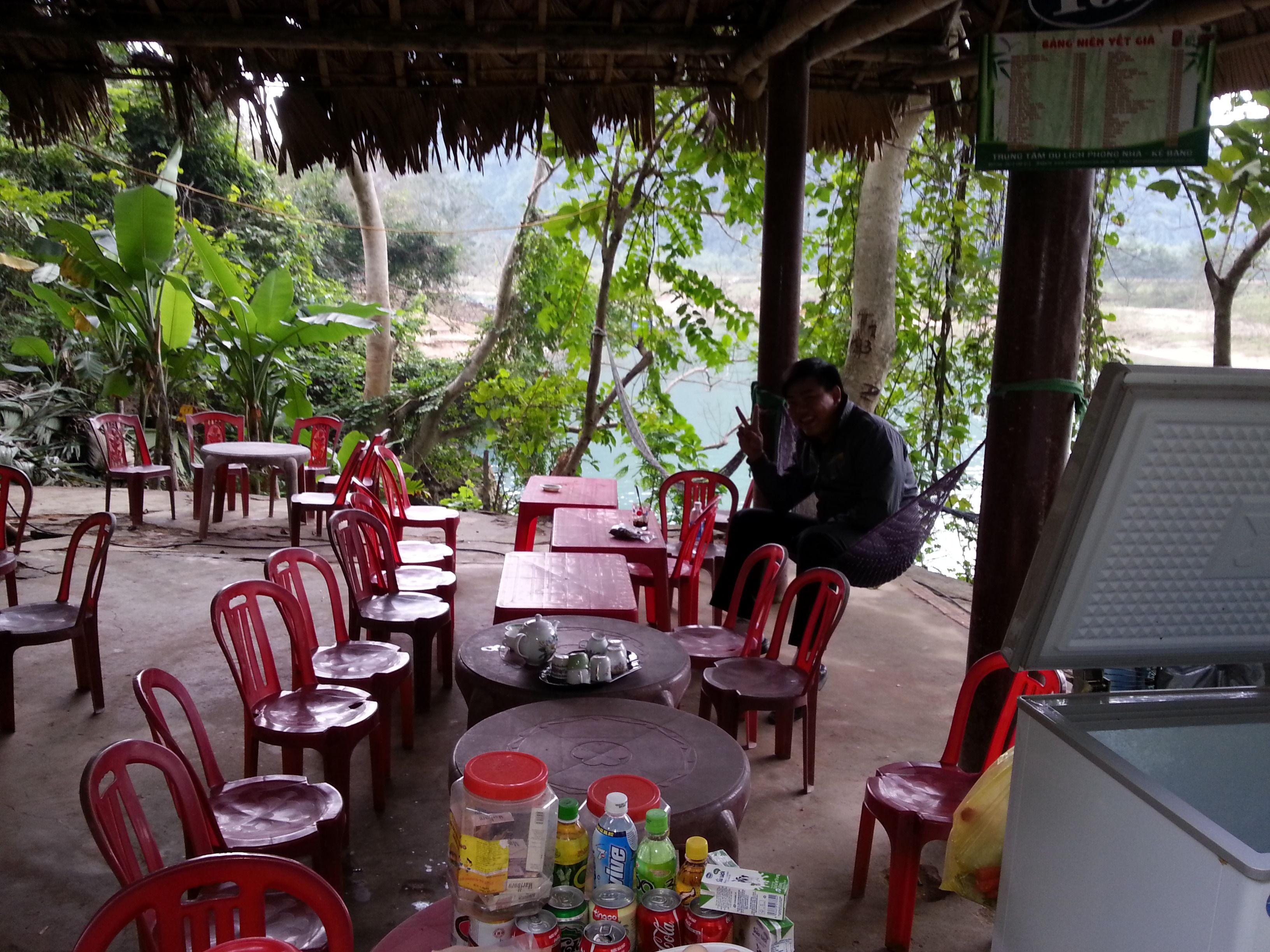
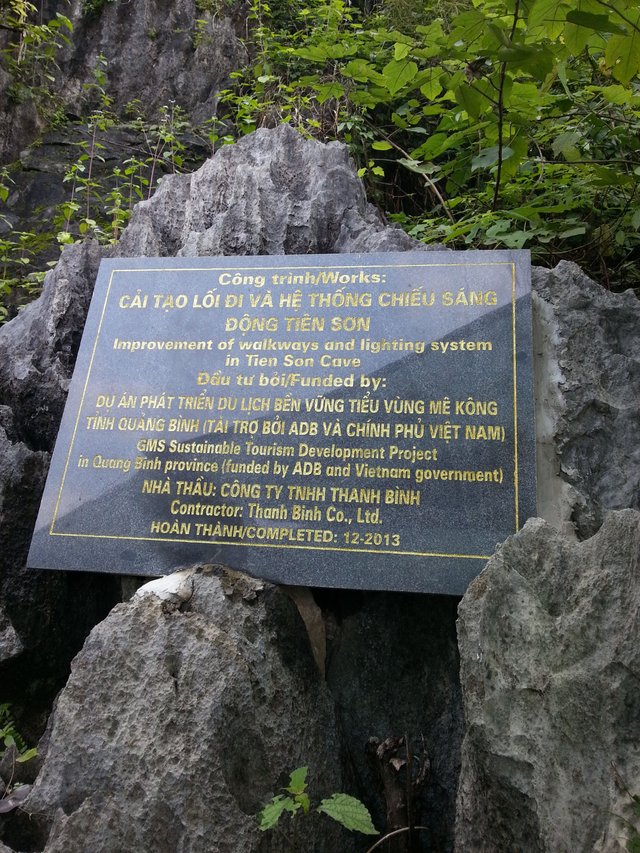
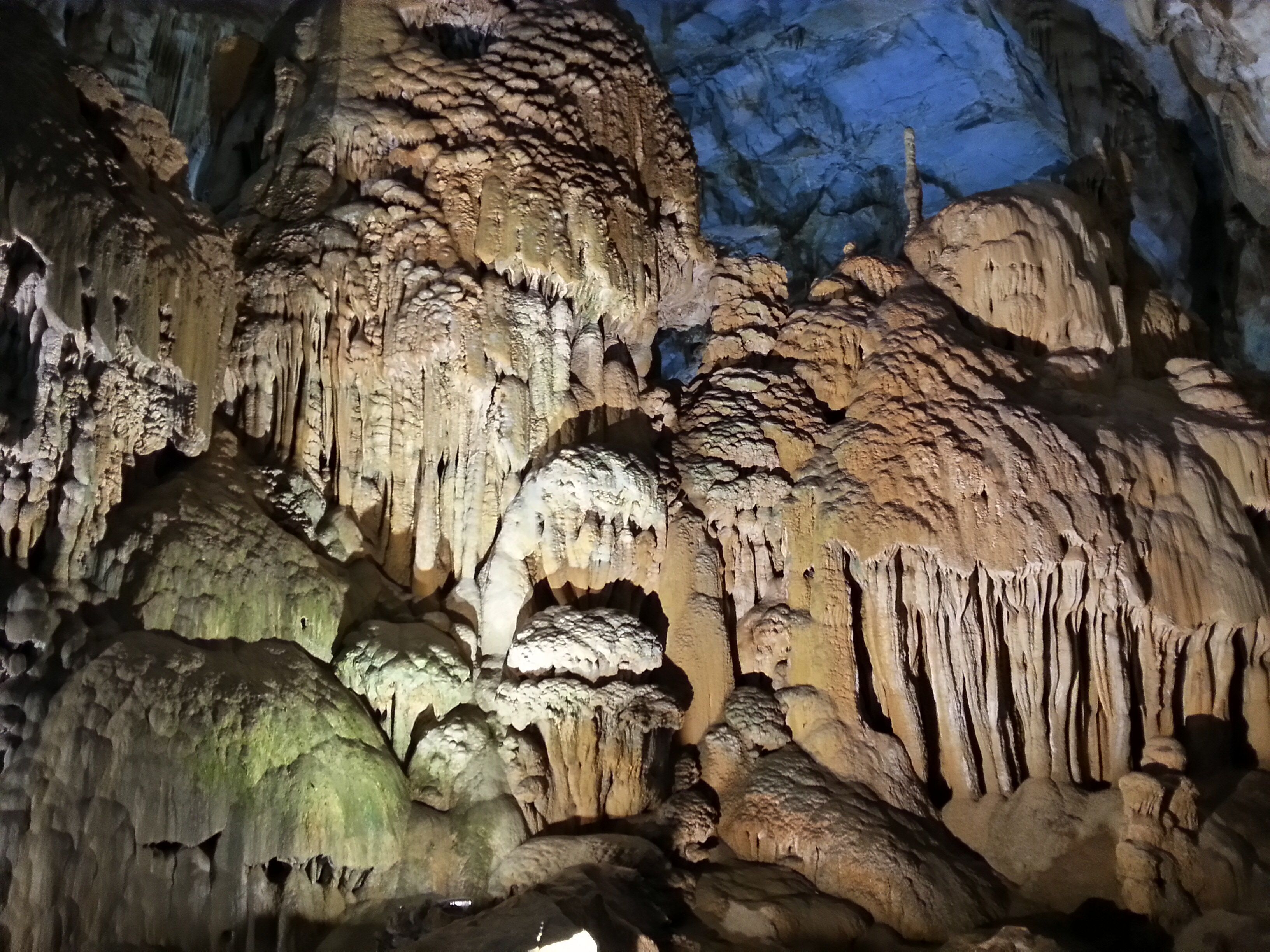
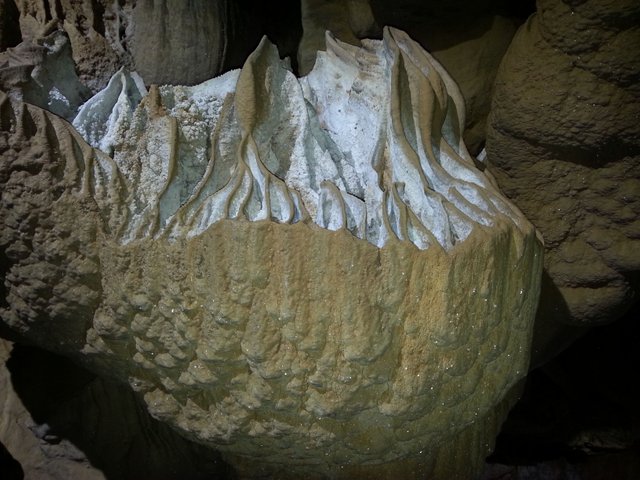
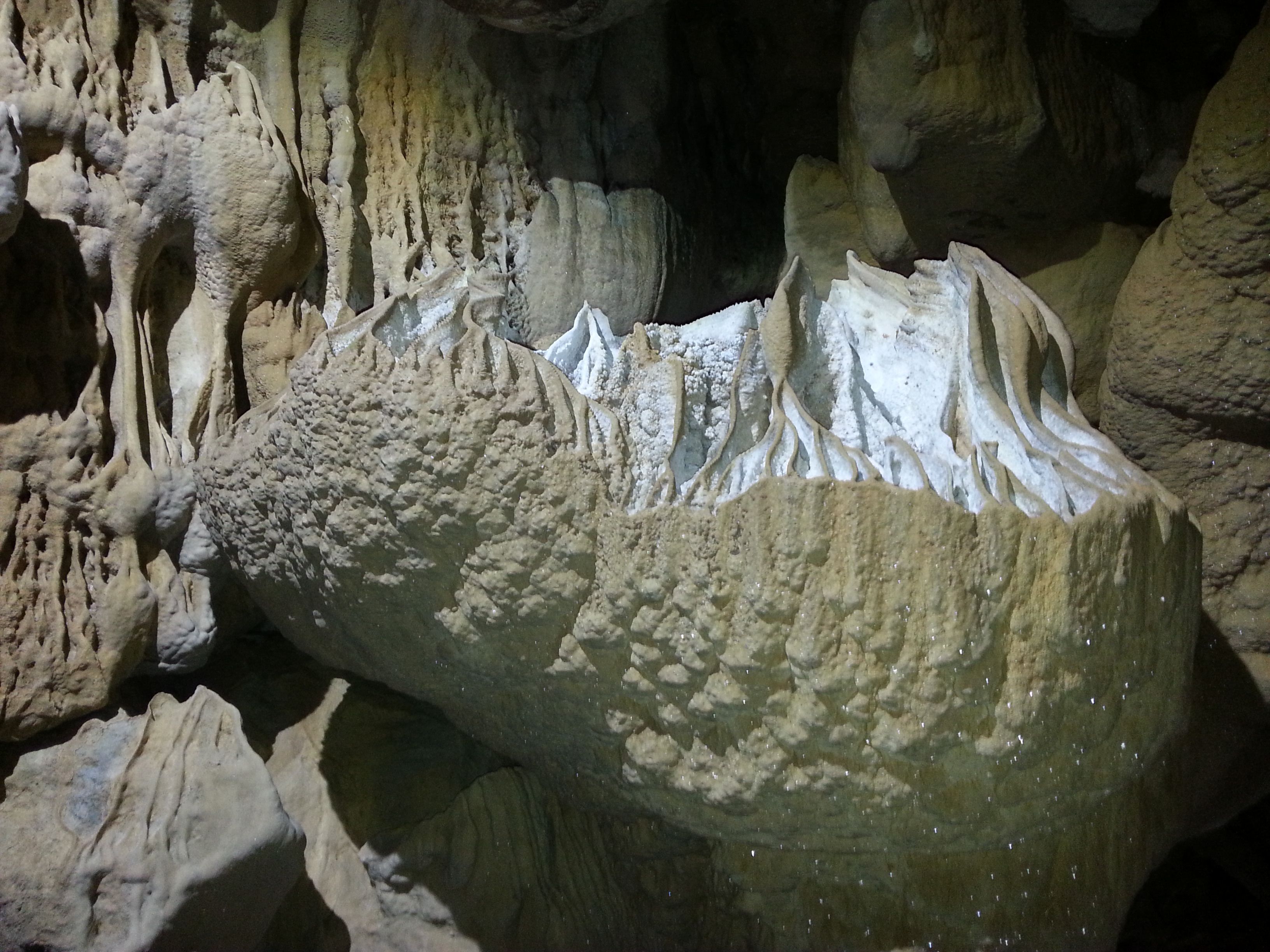
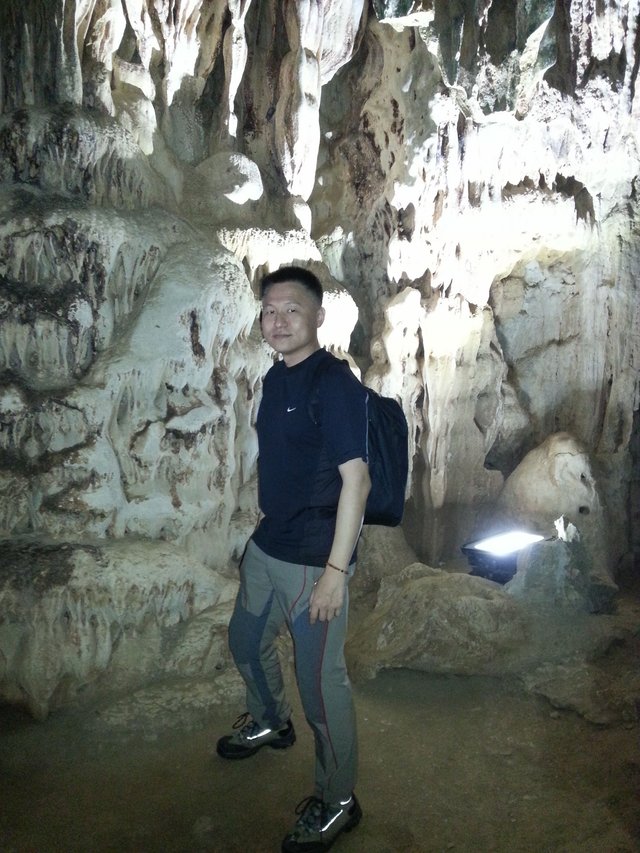
Hi! I am a robot. I just upvoted you! I found similar content that readers might be interested in:
https://en.wikipedia.org/wiki/Phong_Nha-K%E1%BA%BB_B%C3%A0ng_National_Park